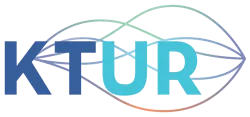
One of the objectives of the KTUR² project is to improve companies, especially SMEs access to cross-border research resources by identifying existing infrastructures, promoting cooperation with universities, and building sustainable R&D collaborations.
Danièle Schmitt (CCI Alsace Eurométropole) and Jean Pacevicius (Offenburg University of Applied Sciences), both members of KTUR Working Group 1 on R&D and research infrastructures, share their vision of the challenges and opportunities with the 15 partners of the trinational consortium.
Question 1. Understanding the current landscape
Where do you begin with such an ambitious mission?
Danièle Schmitt: To launch such an ambitious mission as improving access to research in the Upper Rhine, you first need to establish clear foundations.
That starts by defining what we mean by “research infrastructure” (labs, platforms, fablabs, databases, etc.) and identifying existing resources. This work has already started in two priority areas: robotics and materials, with case studies led by Offenburg University of applied sciences and Cooperative State University Lörrach. In Alsace, around sixty infrastructures have already been identified.
The next step is to analyze access conditions, identify cross-border commonalities, and explore legal and economic aspects (contract models, costs, operations).
The scope will then be expanded to include additional topics and the Swiss partners.
To sum up: we start by identifying, analyzing, and harmonizing in order to make infrastructures more visible and accessible to companies.
Question 2. Building bridges through expertise
What is the role of the “expert pool” in this process?
Jean Pacevicius: The expert pool has been set up. Researchers from the Offenburg University of applied sciences and the Cooperative State University Lörrach will carry out case studies in the coming weeks based on the infrastructures identified by the consortium members. We expect initial feedback in the fall.
Question 3. Testing cooperation in practice
Where do things stand at the end of KTUR’s first year?
Danièle Schmitt: We are currently preparing the two practical cooperation cases. A list of available infrastructures has been shared with the researchers, who are now in the process of selecting the ones they would like to work with. This selection phase is ongoing and is key to launching field tests.
Question 4. Toward a cross-border cooperation model
What kind of cooperation model are you aiming to build?
Jean Pacevicius: We are aiming for a model based on concrete synergies around shared access to infrastructures in the Upper Rhine. To do so, we first need to conduct case studies to identify potential cooperation opportunities and better understand the recurring needs of companies.
Question 5. Coordination and handling requests
And in terms of organization, how will you manage company requests?
Danièle Schmitt: A coordination procedure has been established within the KTUR² network: if one partner cannot respond to an R&D request, it is redirected to another member with the relevant expertise, based on a thematic mapping of each university or Hochschule, while ensuring confidentiality. This procedure is currently being tested with real company cases.
At the same time, lab visits are being organized to showcase the resources available in the Upper Rhine, promote cross-border collaboration, and spark joint projects. The goal is to build a structured regional innovation ecosystem, designed as a network rather than isolated entities, and accessible to businesses.

